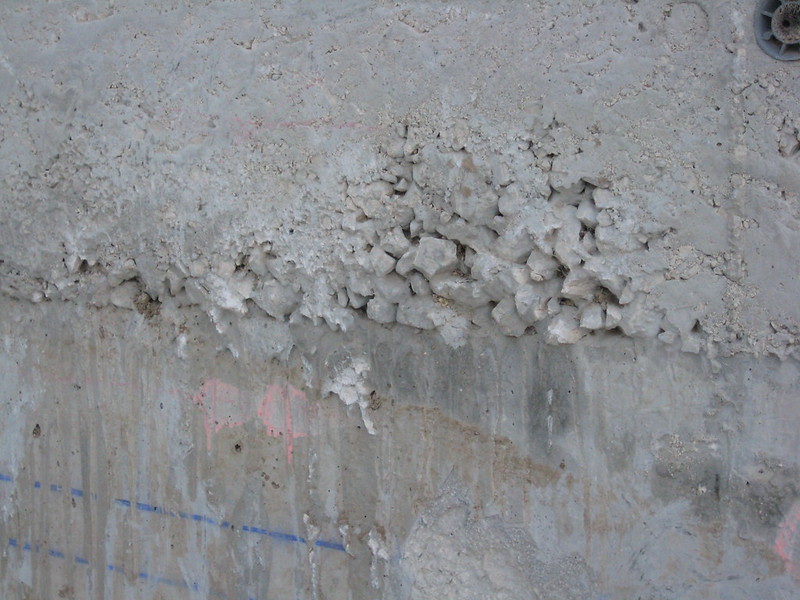Vinyl flooring is a popular choice for many homeowners these days. Vinyl flooring and laminate flooring are two different types of flooring that are similar in many ways.
In this article, we explore the differences between vinyl sheets and laminate flooring, to help you determine what type of flooring may work best for your home.
What is Vinyl Flooring?
Vinyl flooring is a popular flooring material that is made from a type of plastic called polyvinyl chloride (PVC). It is available in a wide range of styles, colors, and patterns, making it a versatile and attractive option for many homeowners.
One of the main advantages of vinyl flooring is that it is water-resistant and easy to maintain. It is also durable and can withstand heavy foot traffic, making it suitable for use in high-traffic areas such as kitchens, bathrooms, and entryways. Vinyl flooring is also relatively inexpensive compared to other types of flooring, such as hardwood or ceramic tile.
Types of Vinyl Flooring
There are two main types of vinyl flooring: sheet vinyl and tile or plank vinyl. Sheet vinyl is a single, continuous sheet of material that is cut to fit the shape of the room. It is available in a range of thicknesses and is generally easier to install than tile or plank vinyl. On the other hand, tile or plank vinyl is made up of individual tiles or planks that are adhered to the subfloor with glue or interlocking edges.
The various varieties of vinyl flooring are listed below and include:
- Vinyl Sheet Flooring
- Vinyl Tile or Plank Flooring
Vinyl Sheet Flooring:
Vinyl sheet flooring is a type of floor covering made from PVC (polyvinyl chloride) that is designed to mimic the look of natural materials like wood, stone, or ceramic tile. It is often used in residential and commercial settings because it is durable, water-resistant, and easy to maintain.
Vinyl sheet flooring is available in a wide range of colors, patterns, and textures, and it can be cut and installed to fit any size or shape of the room. It is typically sold in rolls that are 6 or 12 feet wide and can be purchased in custom lengths.
One of the main advantages of vinyl sheet flooring is that it is very easy to clean and maintain. It can be swept, vacuumed, or mopped with a mild detergent, and it is resistant to staining, scratching, and fading. It is also water-resistant, making it a good choice for areas that may be prone to spills or moisture, such as kitchens or bathrooms.
Overall, vinyl sheet flooring is a cost-effective and durable option for many types of flooring projects. It is easy to install, and it can be an attractive and practical choice for both residential and commercial spaces.
Vinyl Plank Flooring:
Vinyl plank flooring is a type of floor covering that is made to look like hardwood flooring. It is made of multiple layers of material that are fused together, with a top layer of vinyl that is printed to look like wood. Vinyl plank flooring is a popular choice for homeowners because it is durable, easy to maintain, and affordable.
One of the main benefits of vinyl plank flooring is its durability. It is resistant to scratches, stains, and moisture, making it a good choice for areas of the home that experience a lot of foot traffic or spills. It is also easy to clean and maintain, requiring only regular sweeping and mopping to keep it looking new.
Vinyl plank flooring is also a cost-effective option compared to other types of flooring, such as hardwood or ceramic tile. It is also easier to install than these types of flooring, as it can be easily cut to fit around corners and edges and can be installed over most types of existing flooring, including concrete, wood, and vinyl.
Overall, vinyl plank flooring is a practical and stylish choice for homeowners looking to update the flooring in their homes.
How to Install Vinyl Sheet Flooring
Installing vinyl sheet flooring can be a DIY project for those with some basic home improvement skills. Here are the steps to follow to install vinyl sheet flooring:
-
Prepare the subfloor:
Make sure the subfloor is clean, smooth, and level. If necessary, use a self-leveling compound to smooth out any unevenness.
-
Measure and cut the vinyl sheet:
Measure the length and width of the room and add an extra 6 inches to each dimension to allow for trimming and overlapping. Cut the vinyl sheet to size using a straight edge and a sharp utility knife.
-
Lay out the vinyl sheet:
Lay the vinyl sheet on the floor and position it in the desired location, leaving a small gap around the edges. Use a roller or a flat, heavy object to smooth out any wrinkles or bubbles.
-
Trim the edges:
Use a straight edge and a sharp utility knife to trim the edges of the vinyl sheet so that they are flush with the walls.
-
Overlap and seam the edges:
Once the vinyl sheet is trimmed, overlap the edges of the vinyl sheet and use a seam roller to smooth out any wrinkles and ensure a tight seal.
-
Install the trim:
Install baseboard or quarter-round trim around the edges of the vinyl sheet to cover the seams and give the floor a finished look.
-
Install the transition strips:
If the vinyl sheet is being installed in a room with a door threshold, install a transition strip to cover the gap between the vinyl sheet and the threshold.
Installing vinyl sheet flooring can be a time-consuming and labor-intensive process, so it is important to follow these steps carefully to ensure a smooth and professional-looking installation. If you are not confident in your ability to install vinyl sheet flooring, it is recommended to hire a professional flooring contractor to do the job for you.
How to Install Vinyl Plank Flooring
Installing vinyl plank flooring is a relatively simple DIY project that can be completed in a few days, depending on the size of the room. Here are the steps to follow to install vinyl plank flooring:
-
Prepare the subfloor:
Make sure the subfloor is clean, smooth, and level. If necessary, use a self-leveling compound to smooth out any unevenness.
-
Measure and cut the planks:
Measure the length and width of the room and add an extra 6 inches to each dimension to allow for trimming and overlapping. Cut the planks to size using a straight edge and a sharp utility knife.
-
Lay out the planks:
Begin laying the planks along one wall, starting at the corner and working your way out. Use a level to ensure that the planks are straight and evenly spaced.
-
Install the planks:
Once the planks are laid out, secure them in place using the adhesive strip on the back of each plank. Use a rolling pin or a flat, heavy object to smooth out any wrinkles or bubbles.
-
Trim the edges:
Use a straight edge and a sharp utility knife to trim the edges of the planks so that they are flush with the walls.
-
Install the trim:
Install baseboard or quarter-round trim around the edges of the planks to cover the seams and give the floor a finished look.
-
Install the transition strips:
If the vinyl plank flooring is being installed in a room with a door threshold, install a transition strip to cover the gap between the vinyl planks and the threshold.
Installing vinyl plank flooring is a straightforward process, but it does require some patience and attention to detail to ensure a professional-looking installation. If you are not confident in your ability to install vinyl plank flooring, it is recommended to hire a professional flooring contractor to do the job for you.





